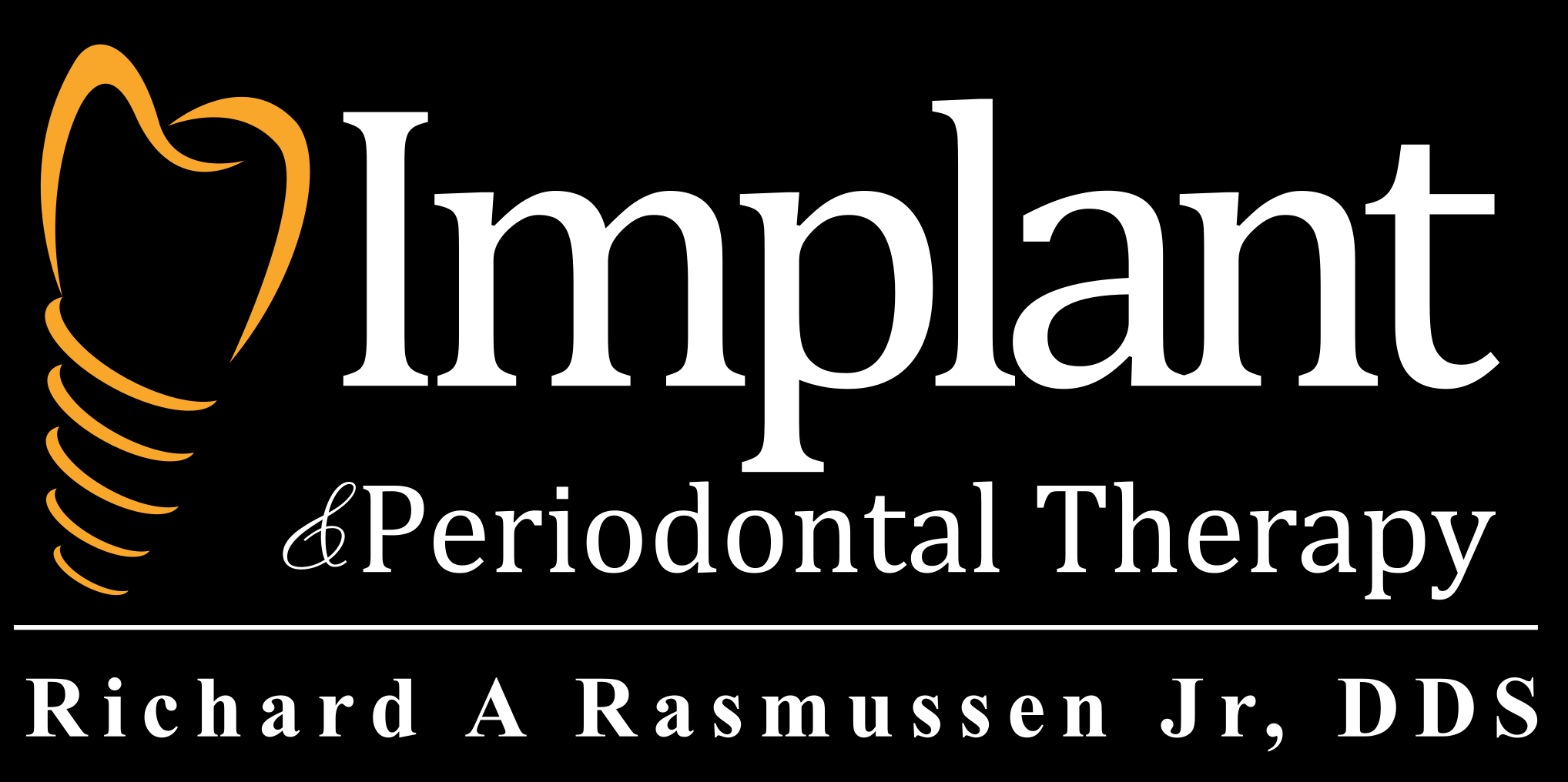Periodontal Therapy for Orthodontic Patients
Periodontally Accelerated Osteogenic Orthodontics
Periodontally Accelerated Osteogenic Orthodontics (PAOO), also known as “Wilckodontics” is a method by which traditional orthodontic (braces) treatment can be accelerated 2-3 times faster with the aid of a periodontist trained specifically in the technique. Many of our patients choose to have this treatment completed near the end of the school year. With treatment times being one-half to one-third of the time of typical treatment, patients often say that they're getting their Summer Braces™!
The method involves inducing the bone surrounding the teeth into a mode that allows for the teeth to be moved much faster than in traditional orthodontics. The bone surrounding the teeth enters this phase due to a process called the “Rapid Acceleratory Phenomenon”, or “RAP”.
Dr. Rasmussen is one of the first periodontists in the Tampa Bay Area to be certified in PAOO. We can work in conjunction with your orthodontist to develop a plan to address your orthodontic needs and accelerate your treatment. Please feel free to call and schedule a comprehensive examination, including a PreXion high definition CT scan, to determine if you are a candidate for PAOO.
Canine Exposure
Many people going through braces have a tooth that will not erupt through the gums by itself. When this happens, it is called an “impacted” tooth.
An impacted tooth (usually a canine or “eye-tooth”) is below the gum tissue so it cannot be seen, and will not erupt to its proper position without the help of a Canine Exposure procedure. Your Orthodontist or Dentist will notify you that you will need a procedure to expose the impacted tooth so it can then be moved into the correct position. If left untreated, an impacted tooth can affect the the eruption of adjacent teeth and increase the risk for cyst formation.
During the canine exposure procedure, the gum and/or bone that is covering the tooth will gently be lifted so the tooth is able to be guided to the correct position. Once the tooth is exposed, your Orthodontist will begin to move the tooth towards the proper position as part of Orthodontic therapy.


